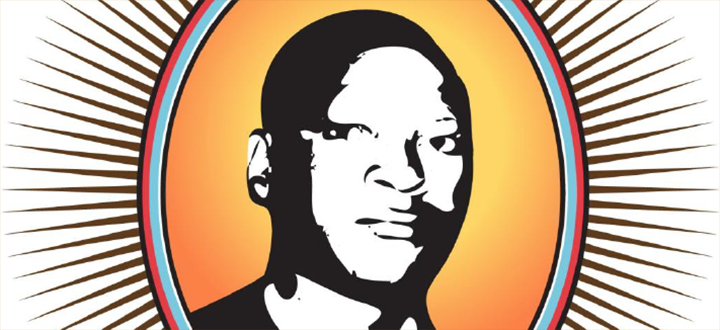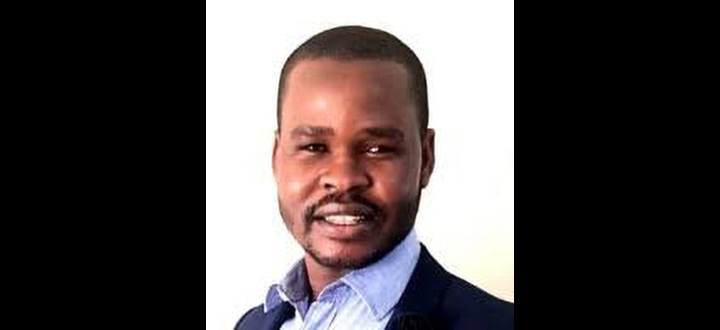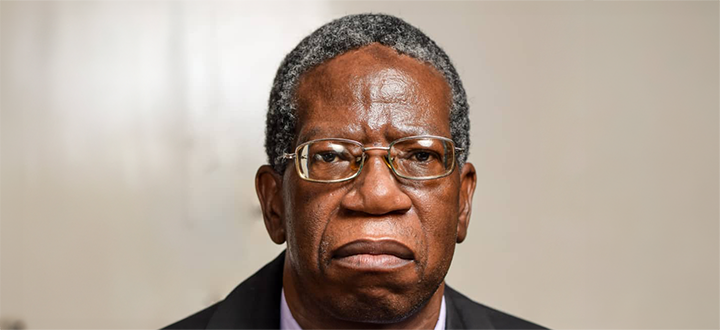Leading change
Africa Speaks lecture explores visual legacies of race, gender and sexuality

Prof Desiree Anne Lewis (Women’s and Gender Studies Department: University of Western Cape) was hosted by the College of Human Sciences, where she delivered the first Africa Speaks Lecture of 2016.
“What are the limits of our imagining of gender diversity and sexual freedoms—even among those who seem to be discovering radical new freedoms?” This was one one of the questions posed by South African gender expert, Prof Desiree Anne Lewis, when she spoke at the Unisa Africa Speaks Lecture on the tyranny of ethnography and visual legacies of race, gender and sexuality.
The Africa Speaks Lecture series is the college’s flagship capacity development project aimed at exposing mainly younger academics to top-notch scholarship by African scholars from the continent and the diaspora. By inviting scholars such as Lewis, Africa Speaks strives to achieve a number of objectives such as improving the research capacity of the college, enhancing a critical discourse by Unisa academics with African intellectuals, and inspiring younger academics to dream big and to work towards their own development as academics.
In line with this, Lewis unpacked what is a topical issue in South Africa and Africa currently by exploring the tyranny of ethnography, visual vocabularies, and written representations, as well as scripted sexualities.
She said we are reminded by scholars, scholar activists and activists that the current landscape of resistance and performance around gender and sexuality is considerable, especially relative to the moral and political repression before the mid 1990s.
“Much of the work of feminist academics like Pula Gqola and Gabeba Baderoon, artists such as Zanele Muholi, or activist sites such as Gender Dynamix attest to this liberated landscape. Some of my work also insists on this, with studies of Muholi, Masondo and popular culture, for example, arguing that South African subjects have discovered inventive ways to perform and imagine gender and sexual freedoms beyond the scripts bequeathed by patriarchal and heterosexist colonialism and apartheid.”
She said there is evidence in seemingly progressive cultural, activist and scholarly work of ossified constructs of gender and sexuality. “What is the source of this influence and why has it been so pernicious?”
As her lecture set out to answer such questions, Lewis explored several subthemes. The first was on how have gender and sexuality been linked to the codification of race? “One of my growing research interests is thinking critically about race as a language in relation to languages of gender and sexuality. For decades, feminists have been insisting that gender cannot be understood without attention to race and sexuality. It is disappointing that many critical race theorists have not acknowledged how central deconstructing sexuality and gender is to the deconstruction of race.”
The second subtheme was on how have visual images, and especially the technology of photography, played such an instrumental role in how we imagine gender and sexuality and, therefore also how we think about and imagine race.
Texts she referred to included postcards from the early 1009s to the 1970s, which she said exemplified ethnophotography’s construction of meanings—both semiotically and as objects that circulate in culturally constructed spaces amongst embodied subjects. Then, shifting to the present, she looked at some of the photography of Zanele Muholi, an autobiography called Black Bull Ancestors and Me, published in 2008, and trends within lesbian and transgender activism.
“In making these jumps, I consider how gender, race and sexuality discourses have been sedimented in the South African imaginary in ways that reveal deep connections between past codes and signifiers about black bodies and present, seemingly iconoclastic and alternative ones.”
Lewis also reflected on links between the meanings embedded in visuality and those in broader public discourses. She suggested that visual vocabularies play an enormous role—especially through photography—in shaping how we imagine race, gender and sexuality.
She added that while we have reason to celebrate the innovativeness and radicalism of representations and performances of gender and sexuality in the present, we also need to pay ongoing attention to how race, gender and sexuality continue to function as organising scripts in imagining who we are and who we could be.
Click here to read the lecture.
*Compiled by Rivonia Naidu-Hoffmeester
Publish date: 2017-02-24 00:00:00.0


 Unisa honours Dr OK Matsepe's enduring legacy
Unisa honours Dr OK Matsepe's enduring legacy
 Great strides towards concretising Unisa-PMC partnership
Great strides towards concretising Unisa-PMC partnership
 Mental health among men in the workplace needs more attention
Mental health among men in the workplace needs more attention
 "I owe everything to Unisa and my late supervisor's priceless mentoring"
"I owe everything to Unisa and my late supervisor's priceless mentoring"
 Majikijela - a queer scholar raising homosexuality awareness through his work
Majikijela - a queer scholar raising homosexuality awareness through his work